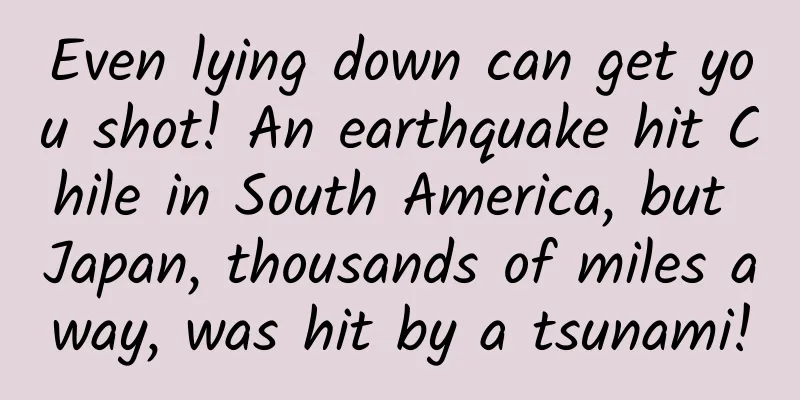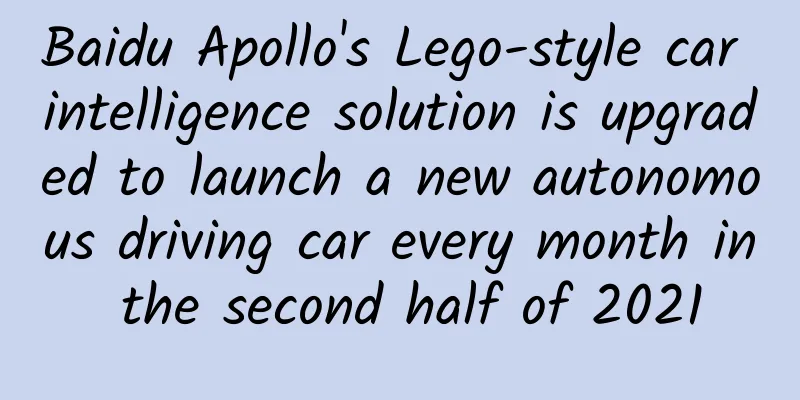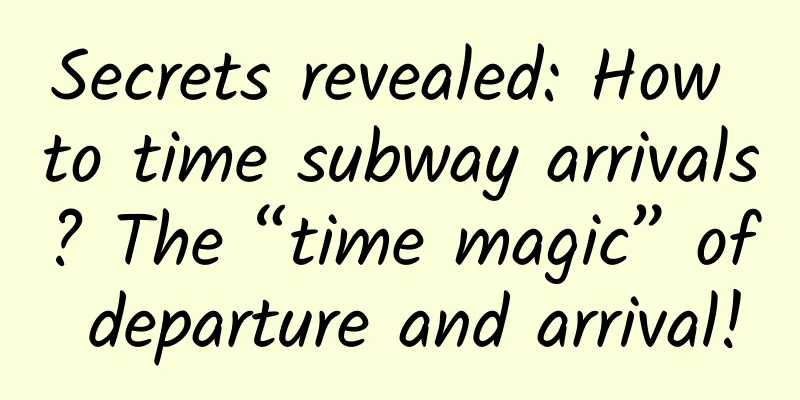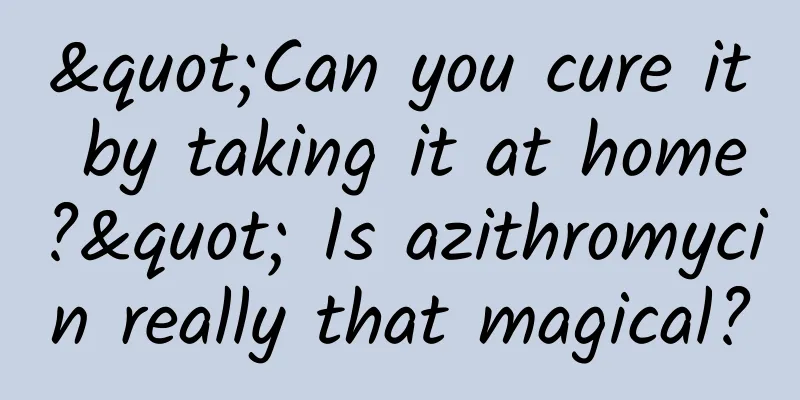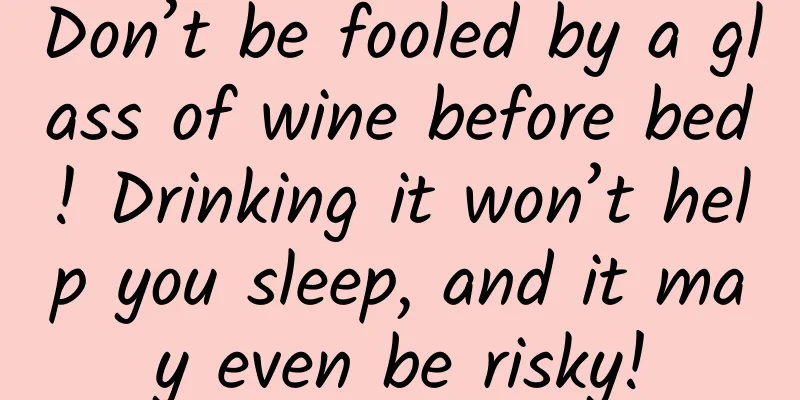Guide to producing short video materials!

|
Short video ads really require a lot of material. You often rack your brains on the production of the material, and even if you work hard, you still can’t make a video that works! Have you ever been in this situation? Recently, I have classified and sorted out some materials with better effects on short video platforms and wrote this short video production guide. I hope it can help you! The article will be divided into the following parts: 1. How to find inspiration for video production? 2. Types of product promotion videos and case analysis 3. Common script structures for product promotion videos 01 Inspiration Collection"Many of the things you have learned and realized were actually verified by others hundreds of years ago." This is a sentence I often hear recently. Similarly, the products we want to promote have already been made by our peers. If we want to quickly produce the videos we need, the best way is to first look for matching accounts and find those popular materials that have been verified by the market. The principle of finding benchmark accounts is: you should look for those that are one or two levels better than you and that you can achieve with a little effort. Secondly, look for people whose profiles are similar to your own. You can find some of the most popular videos on Big Creative or other third-party platforms. While collecting materials, analyze and disassemble them: 1. What type of video can we make? 2. Analyze the structure of the video and the highlights of each part 3. What products can also be applied to this video? 02 Types of sales videos and case analysisCommon short videos that promote products include drama-based videos, spoken-word videos, celebrity live-streaming mashups, unboxing videos, and so on. Next, we will analyze the characteristics of representative works of each type. 1. Drama Start with a conflict dialogue to instantly grab the user’s attention Boyfriends and girlfriends block each other on WeChat after a quarrel. This is probably a common situation between many couples. Such an opening immediately makes people feel involved and want to continue to see what happens next. · Reverse the section to insert product promotion The reversal part in the video is the woman's "change of heart". The humorous conversation between the two people and Xiaodu makes "Xiaodu" in the video have a full presence and highlights Xiaodu's intelligence. The last part about song request introduces Xiaodu’s functions. Short videos that are mediocre and have no twists and turns are unlikely to capture users' attention. The highlight of plot-based short videos lies in their conflicts and reversals, which can arouse certain emotions in the audience and make them feel involved. So after watching this video, have you thought about other common conflict scenarios in daily life? (Welcome to brainstorm in the comments section!) 2. Oral broadcast · Start with a question to make people curious "Are there people around you who are both rich and stingy?" This opening line will make some users nod their heads frantically, wanting to find out: Why are some people both rich and stingy? Because rich people are often good at buying. They buy the right things and don’t buy expensive things, but things with high cost performance. Then we started to promote products with high cost performance. · Start by mentioning the pain points, identifying the target audience, and introducing product features based on different scenarios. The sentence structure of "some people...some people..." immediately lists the pain points of the target audience one by one, and then gives examples of how the product solves the pain points in different scenarios, comparing the advantages and disadvantages of solving the problem with chewing gum and solving the problem with mouthwash, highlighting the effectiveness and convenience of mouthwash. 03 Common script structure for product short videosBy splitting a large number of product promotion videos, we can find that the script structure of most short videos showing products can be divided into these four parts: First: Target the crowd and draw attention "People with poor sleep should not use it. I'm afraid you will oversleep and be late every day..." "My friends are very curious about why I earn 3,000 yuan a month and eat a lot of delicious food every day..." Second: raise questions, contextualize the problems, and relate them to pain points "Are you still arguing about who washes the dishes after dinner? Why not buy a..." "Some people spend three or four thousand to unclog a toilet. I would say you might as well buy a new toilet. I can do it with just a dozen dollars using this..." Third: Introduce the product and explain how it solves the pain points "This floor scrubber can sterilize itself, and there will be no water stains after use, so there is no need to worry about children slipping..." Fourth: Action suggestions, create a sense of urgency, and promote conversion "Tonight's limited time and limited quantity sale, only 100 sets left, our promotion ends at 11 o'clock..." Today's Topic What conflict-type openings are common to you? Let’s discuss them in the comment section. Author: Aiqi SEM Source: Aichi SEM (CMOcollege) |
<<: Product Operation: 5 Rules for Good Products
>>: Brands must do these 5 things to stand out!
Recommend
Bilibili’s 2020 marketing plan!
Bilibili (English name: bilibili, referred to as ...
WeChat has a major update, and the information flow war continues to escalate!
From pictures and texts to live broadcasts , the ...
Why do people who don’t feel sick when riding in a gasoline car feel sick when they get on a tram?
Why do people who don’t feel sick when riding in ...
How to attract user traffic and trigger social communication?
Today’s topic is how to ignite social communicati...
Do you get angry easily? Do you always suppress yourself? Here are 5 tips to help you master your emotions!
Joy, anger, sorrow, thought, sadness, surprise, a...
Important iOS functions are no longer usable. The vulnerability from 2 years ago has not been fixed yet.
If anyone wants to be on the hot search these day...
The "Tyndall effect" appears in the cloudy sky of Beijing. Why does light have a shape?
On the morning of April 20, affected by the cold ...
How to accurately target maternal and child products? How to promote the driving training industry?
After the college entrance examination every year...
Tik Tok promotion: Tik Tok account optimization and matrix fan explosion secrets!
What I want to share with you today is how to opt...
Nut 3 mobile phone: Will this be Luo Yonghao’s last product to compromise with the market?
On April 9, at the gymnasium of Beijing Universit...
The global salmon industry is experiencing a "catastrophe" | Expo Daily
Sudden mass die-off of salmon around the world Si...
Mid-Autumn Festival, the lunar exploration plan is here! Chang'e 6 will be launched around 2024
The National Space Administration announced on Se...
Why does Samsung make its phones curved?
Samsung's new Galaxy Note Edge has attracted ...
7 Marketing Signals under the New Business Logic
This year, I have communicated with many brands a...
Inside iOS 9.3.5: A detailed look at the biggest vulnerability in iOS history
This morning, Apple suddenly released iOS 9.3.5. T...


